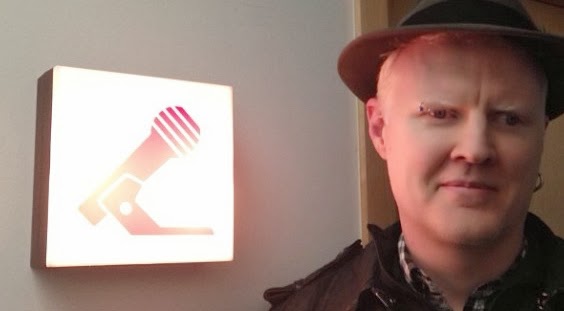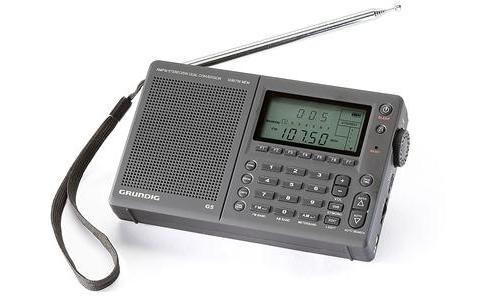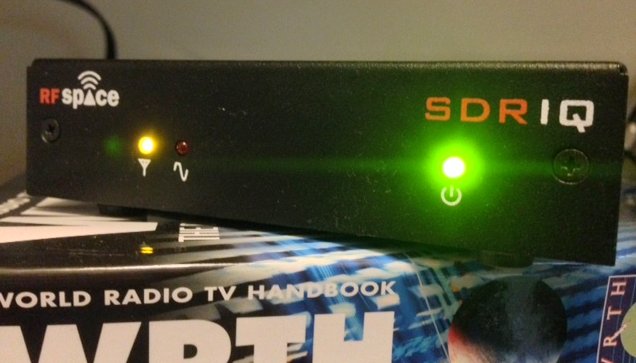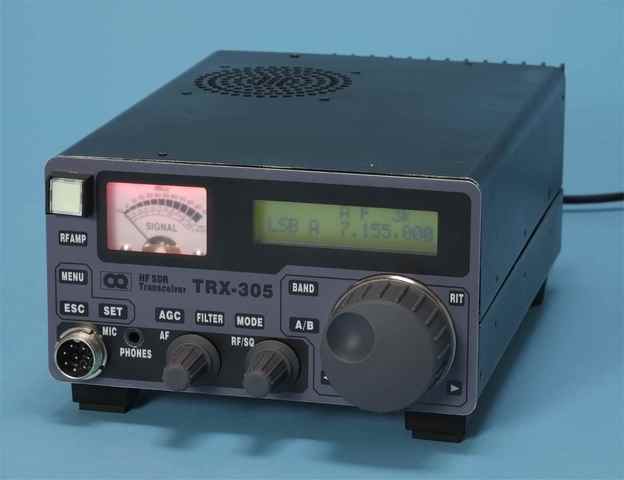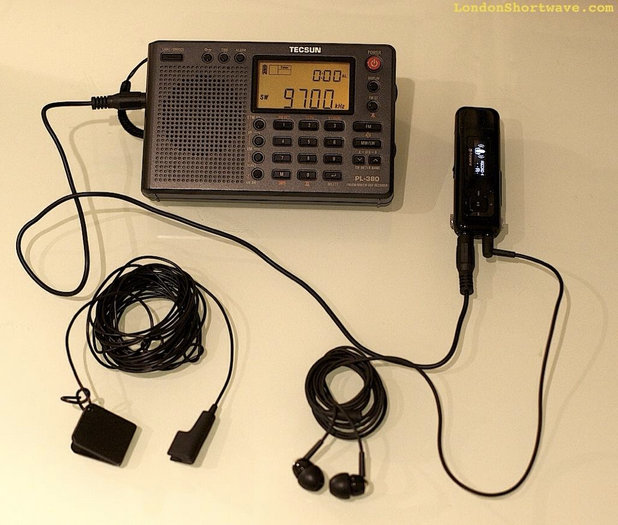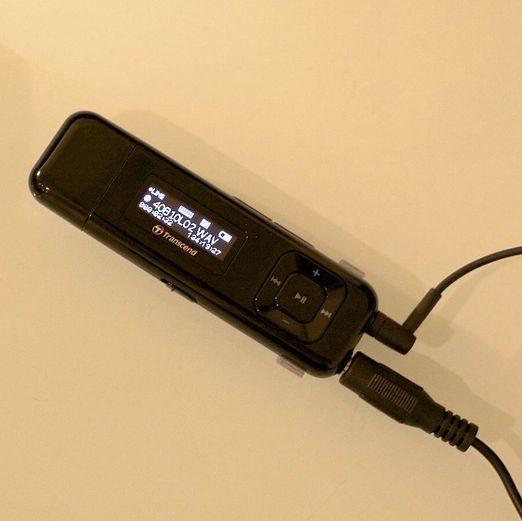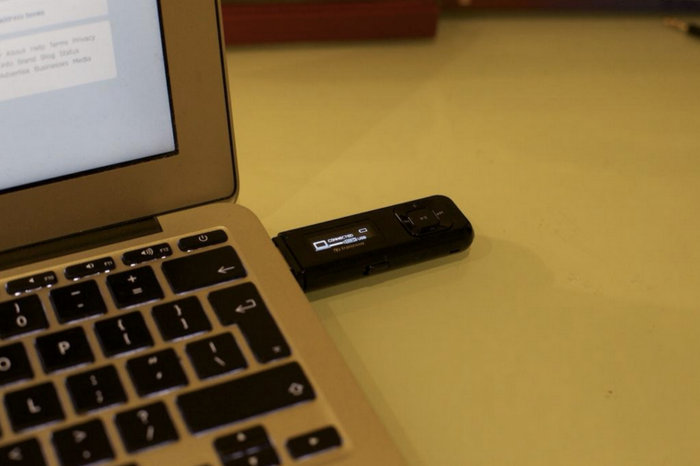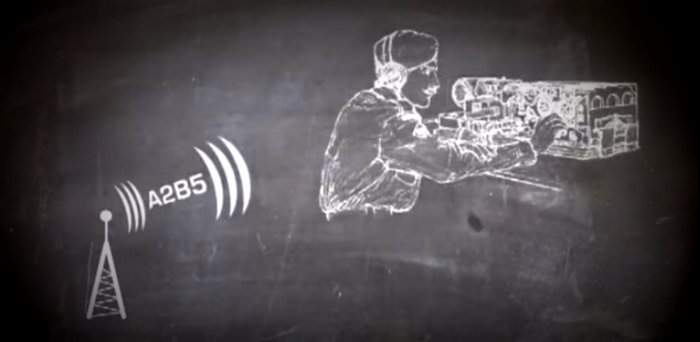 (Source: Russia Today via YouTube)
(Source: Russia Today via YouTube)
“From a lonely rusted tower in a forest north of Moscow, a mysterious shortwave radio station transmitted day and night. For at least the decade leading up to 1992, it broadcast almost nothing but beeps; after that, it switched to buzzes, generally between 21 and 34 per minute, each lasting roughly a second—a nasally foghorn blaring through a crackly ether.
The signal was said to emanate from the grounds of a voyenni gorodok (mini military city) near the village of Povarovo, and very rarely, perhaps once every few weeks, the monotony was broken by a male voice reciting brief sequences of numbers and words, often strings of Russian names: “Anna, Nikolai, Ivan, Tatyana, Roman.” But the balance of the airtime was filled by a steady, almost maddening, series of inexplicable tones.”
Click here to watch the video on YouTube, or view via the embedded player below:
If you can’t hear UVB-76 from where you live via shortwave radio (4,625 kHz), you can always listen to this live stream.


